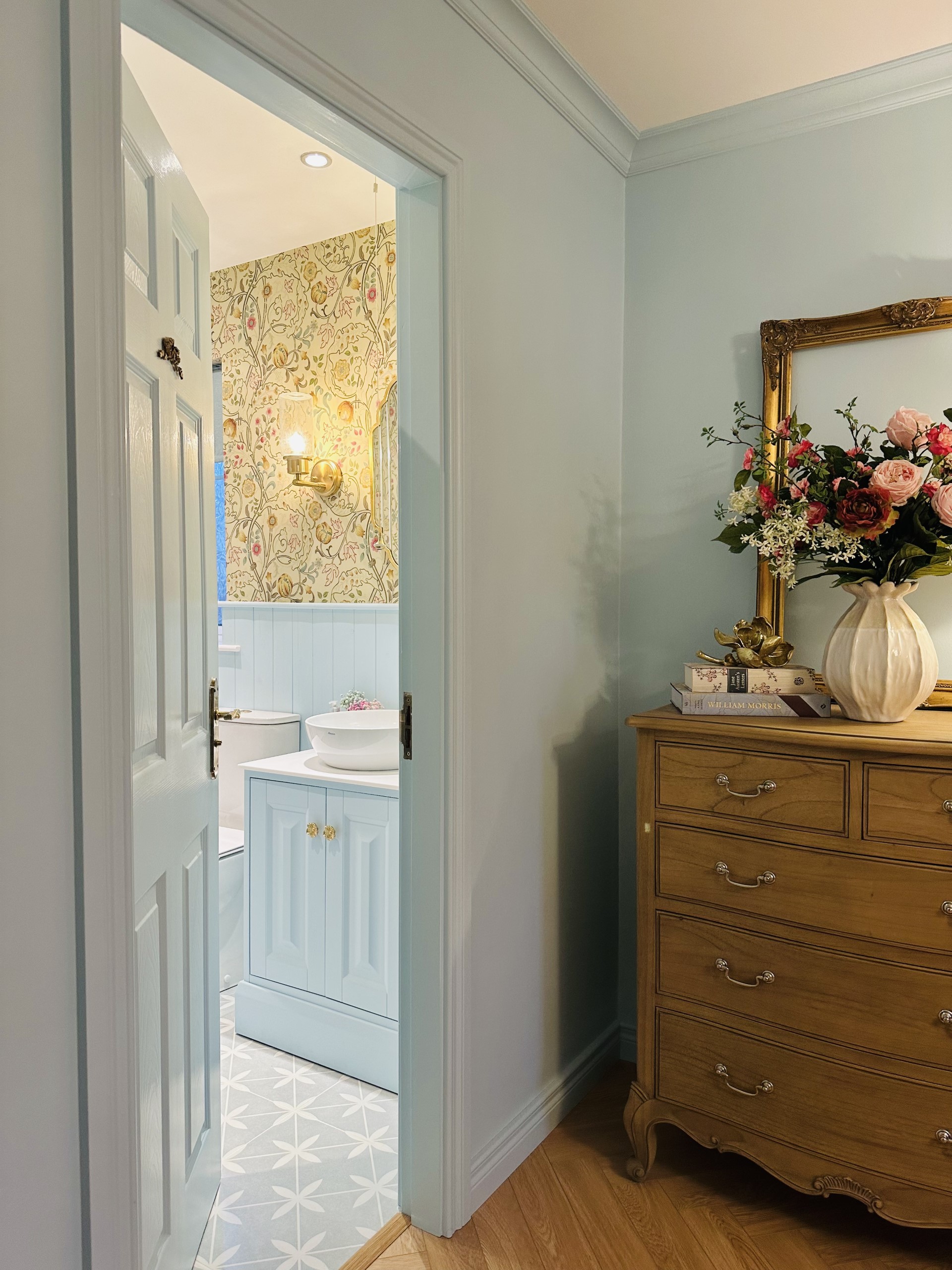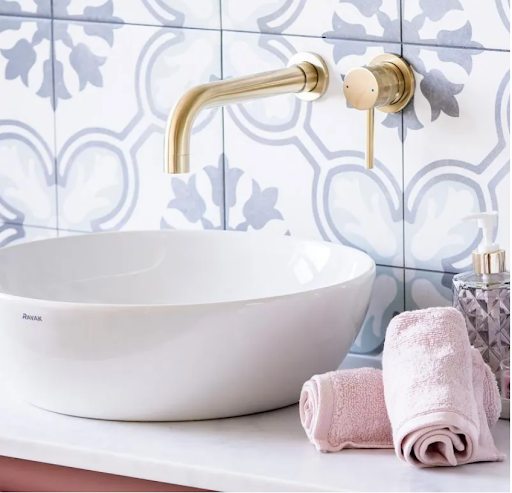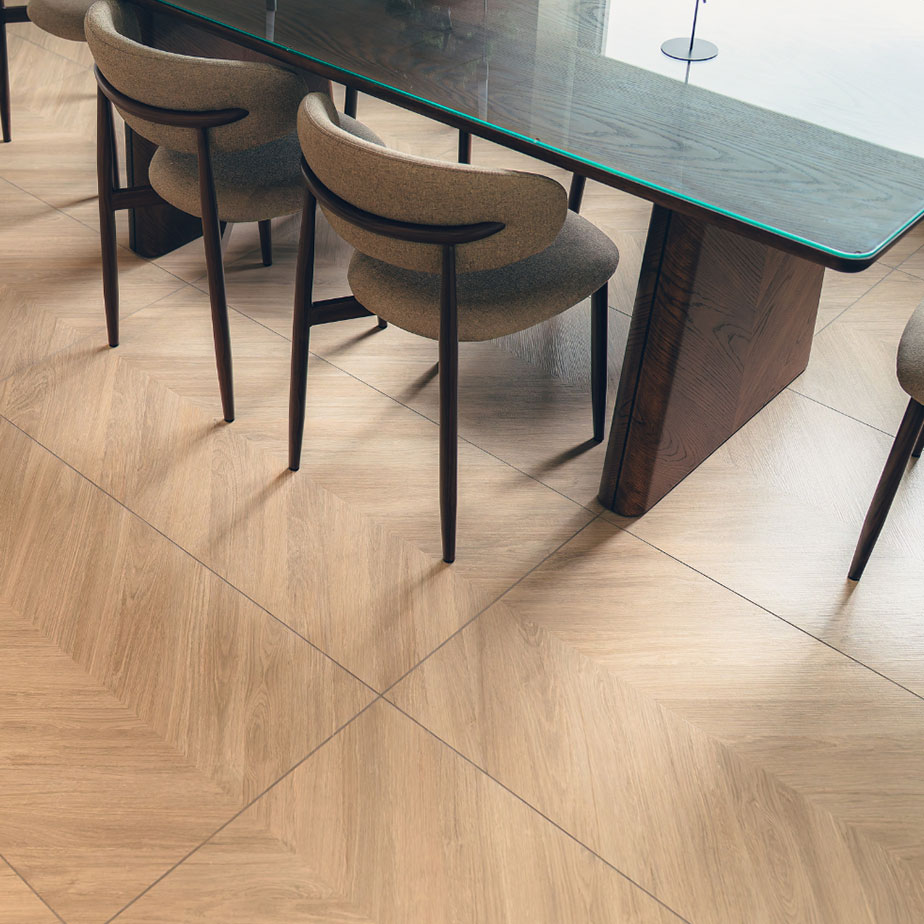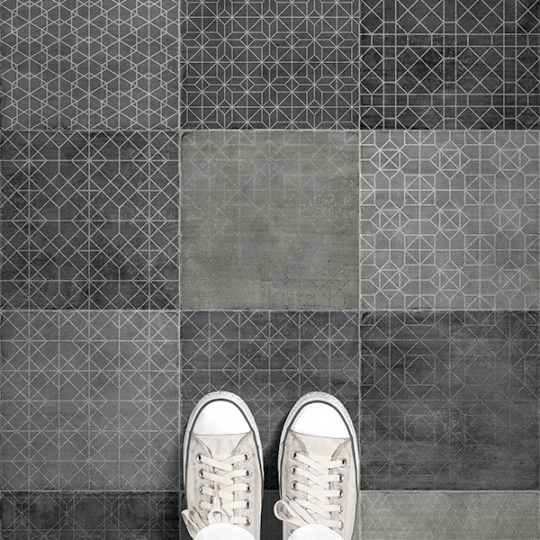A Guide To Under Floor Heating In The Bathroom
The bathroom is one of the few places in the home where you are almost guaranteed to be left alone, so why not make it more comfortable for yourself? Stepping out of a nice hot shower or climbing out of a long relaxing bath is often spoilt when our nice warm feet make contact with that hard, cold floor. Have you ever been more aware of the lack of underfloor heating than in that moment?
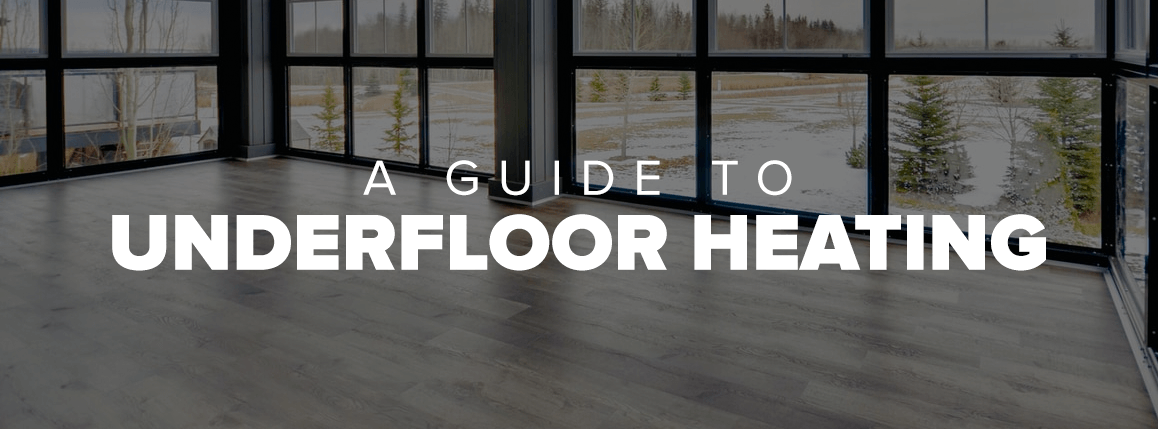
The bathroom is one of the few places in the home where you are almost guaranteed to be left alone, so why not make it more comfortable for yourself? Stepping out of a nice hot shower or climbing out of a long relaxing bath is often spoilt when our nice warm feet make contact with that hard, cold floor. Have you ever been more aware of the lack of underfloor heating than in that moment?
Can you put underfloor heating in a bathroom?
Underfloor heating is suitable for any room of the house and the bathroom is perhaps the room where it makes the most sense. There is no greater feeling than when bare wet feet touch a nice warm floor in an equally warm room.
If the underfloor heating is being fitted retrospectively then electric heating mats are better than water pipes as the level of the floor won’t change that much. Of course, it is always better to fit when the room is being designed, but it’s not a problem adding it later.
How do you install heated floors in a bathroom?
Electric underfloor heating mats can be installed very simply and with little fuss. They can be installed under very nearly all flooring types, and this includes:
• Wood
• Tile
• Laminate
This makes retrospective underfloor heating perfect for bathroom renovation projects. Even if you chose to lay the heating mats on the top existing flooring, and then covered with tiles, the height of the floor would not be raised by more than maybe 20mm.
Small moulding onto the face of the new flooring can help make the height difference look attractive.
Tiles are the preferred flooring type for covering underfloor heating mats. They are preferred because they absorb heat, as opposed to insulating against it, and so they stay much warmer for much longer.
How much does it cost to install a heated bathroom floor?
This will largely depend on the underfloor heating type – wet or dry. A wet system involves heated water and pipes being laid under the flooring. The wet system works in very much the same way that radiators do. A dry system uses electricity and heated mats.
A dry system is much cheaper to install and is by far the preferred method and is often undertaken as a DIY project. Because the heating mats can be installed retrospectively, there is no need to pull up floorboards or dig into concrete.
As for the cost, if done yourself all you pay for is the physical system and the flooring to cover it. Of course, there are running costs, the same as with radiators, but depending on the heating mats you choose, this doesn’t have to be restrictive either.
Overall, the dry method of underfloor heating installations is much cheaper than wet installations. Actual price will depend on the manufacturer.
Are running costs for bathroom underfloor heating high?
The running costs for underfloor heating are much lower than with radiators, even water heated radiators, simply because of the way they operate, and they are much cheaper when used in the bathroom. Electricity is indeed more costly than gas, but when it comes to underfloor heating the difference is negated, and even goes in the opposite direction.
Room size is a major factor in running costs and so is the fact that electric underfloor heaters can heat the room much faster. Bathrooms are generally fairly small, which helps with heating, but radiators still take time to heat them. Underfloor heating gets the room to the desired temperature much faster because of the way the heat is distributed over a larger area.
Faster heating times mean that electric heating mats can be turned off sooner than radiators or wet systems, which means that running costs are reduced.
To conclude then, should you be looking at underfloor heating for your bathroom?
As with most things, this is a matter of personal preference. this type of heating is becoming more common in the United Kingdom and Ireland and it isn’t hard to see why. Even with the initial costs of installation, unless you can do the job yourself, it is a very cost-effective solution to heating your home.
The bathroom is possibly the room that will see the most benefit in terms of comfort, as well as keeping heating costs down of course. Underfloor heating is not a thing of decadence – how can it be when it works out cheaper than wall-mounted heating solutions? In terms of cost, it makes sense and because underfloor heating uses less energy, the planet will thank you too.

